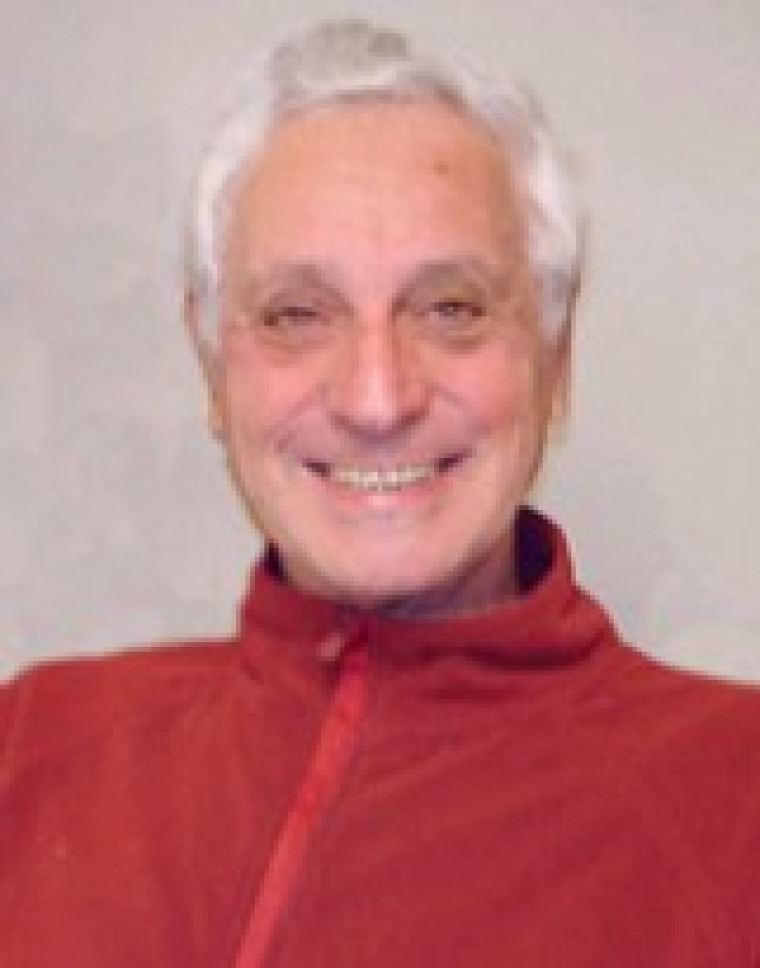Neville J. Woolf
Neville J. Woolf

In 2003 the College of Science of the University of Arizona named him a Galileo Circle Fellow. In his career, Woolf has received many other fellowships and awards including: Alfred P. Sloan Foundation Fellow (1966-1968), National Academy of Sciences - National Research Council Senior Postdoctoral Fellow, N.A.S.A. Goddard Institute For Space Studies(1965-66), Fulbright Scholar (1959-61), Radcliffe Student, Radcliffe Observatory, Pretoria, South Africa (1959) and the D.S.I.R. Research Studentship, Manchester University (1956-59). He is best known for the identification of silicates being ejected from red giant stars, appearing in the interstellar medium, and present in comets. He also developed the rationale for building telescopes with lightweight mirrors in thermal equilibrium with the air. With Roger Angel he helped initiate designs of telescopes and interferometers for observing terrestrial planets around other stars. In addition to his scientific achievements, he has served on committees related to finding terrestrial planets and Astrobiology such as Terrestrial Planet Finder (TPF) Science Working Group (SWG) (2000-present), TPFSWG Biomarkers Subgroup, Astrobiology Roadmap Revision, National Academy Committee on Origin and Evolution of Life (2003-2006), National Academy Study of the Scientific Context For the Exploration of the moon (2006-7),and NASA TPFI science working group (2005-2006). He is the Principal Investigator of the Tucson node of NASA’s Astrobiology Institute, LAPLACE. He was acting director during the completion of the Multiple Mirror Telescope. He has published over 135 scientific articles. Woolf was instrumental in helping to create the Mt. Graham International Observatory of the University of Arizona and has contributed in a variety of ways to the growth of Steward Observatory and since he arrived in 1974.

